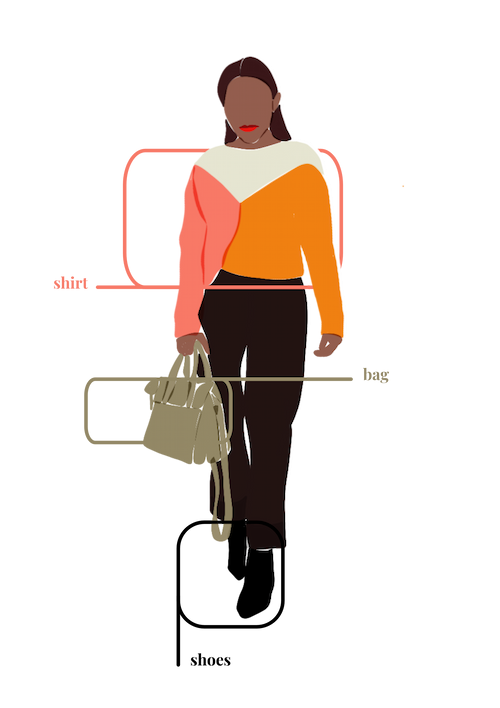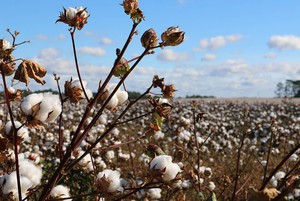- Clothes
- Bags
- Accessories
-
Inspiration
- Shoes
Fast Fashion's Environmental Impact: Your Clothes' Real Cost

£3 clothes. Neverending ads. Influencers rocking different outfits every day.
You’re constantly pressured into buying new garments without being told about fast fashion’s environmental impact.
So, to help you break free from this unsustainable cycle, we’ll show you the hidden cost behind cheap clothes—and how you can move beyond them.
Why does fast fashion have a bad environmental impact?

Fast fashion has a bad environmental impact because its entire business model is based on:
- Churning out new clothes quickly
- Reducing production costs to sell at unsustainably low prices
- Encouraging consumers to see them as disposable and buy more
all without taking the planet into consideration.
What is the environmental impact of fast fashion?
Fast fasion’s environmental impact affects the planet in several ways. So, we’ve broken them down into a digestible overview of the biggest ones.
And to open your eyes to the horrors of this industry that go beyond nature and climate change—like sweatshops and child labour—you’d need a separate article (good thing we wrote one. Discover all the other problems with fast fashion, too).
Carbon emission of the fast fashion industry
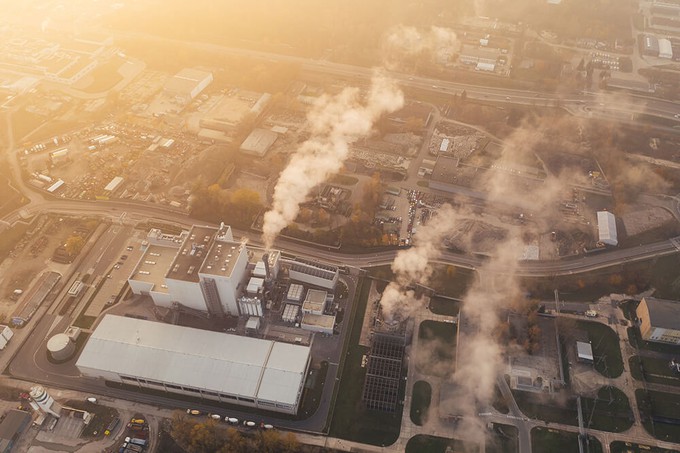
Fashion is responsible for 10% of all carbon emissions—and, if things don’t change? It’ll be 26% by 2050.
To put it in perspective, this industry contributes to climate change more than international aviation and shipping combined.
Fast fashion’s environmental impact on carbon emissions is mainly due to:
- Material production (for example, fast fashion uses a lot of polyester, which is derived from fossil fuels)
- Manufacturing, especially since most clothes are produced in countries that rely on coal, like Bangladesh, India, and China
- Transportation
- Incineration of unsold stock and discarded garments
Pesticides and chemicals in the fast fashion industry

To keep their production fast and cheap, most fast fashion brands employs toxic chemicals.
This happens especially with:
- Cotton production, which uses 6% of the world’s pesticides and 16% of all insecticides. These contribute to gas emissions and climate change, pollute drinking water, and cause soil erosion
- Dyeing, like azo dyes, which aren’t biodegradable and cause water pollution (more on that soon!)
As well as contributing to fast fashion’s environmental impact, these toxic chemicals are dangerous to garment workers—and you as a consumer, too.
Water usage of the fast fashion industry
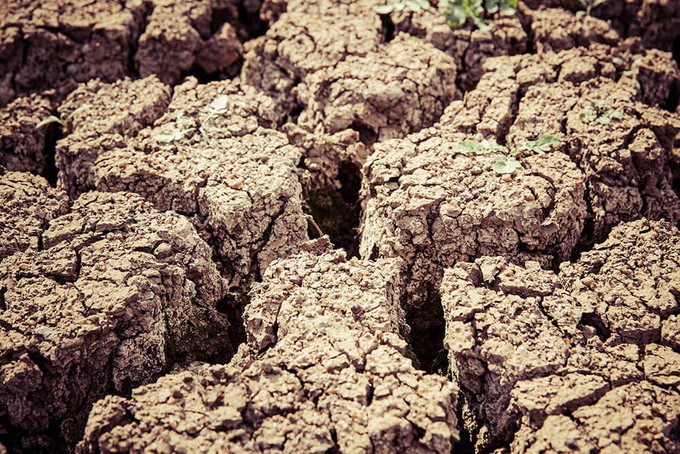
To keep up with its overproduction of clothes, fast fashion uses huge quantities of freshwater.
For example, it takes 2,700 litres of water to make a single cotton t-shirt!
When it comes to water usage, the environmental impact of fast fashion results in:
- Making an already scarce resource even less available (785 million people haven’t got basic access to drinking water)
- Desertification (like what happened to the Aral Sea) which also contributes to climate change
Water pollution of the fast fashion industry
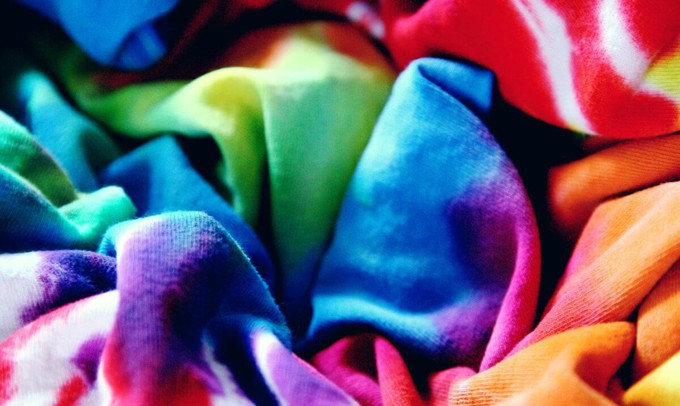
Fast fashion’s environmental impact isn’t limited to using water: when factories release untreated wastewater into rivers (full of heavy metals and chemicals like mercury, lead, and arsenic), they pollute it too!
- Fast fashion is responsible for 20% of all global wastewater and water pollution
- This is harmful to both wildlife and people who live near those rivers
- More and more rivers are even turning black as a consequence
- This wastewater then reaches the sea, contributing to ocean pollution, too
Microplastics in the fast fashion industry
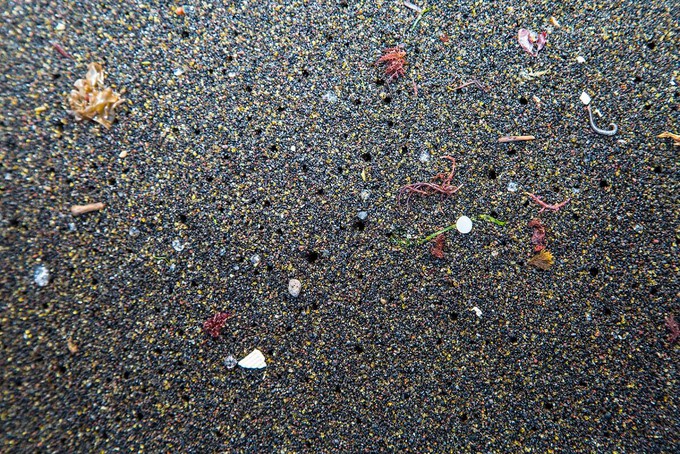
Most fast fashion garments are made with cheap synthetic fabrics like polyester. Unfortunately, they release 700,000 microplastics whenever you wash them!
- 20-35% of all the primary microplastics in the oceans come from synthetic clothes
- When ingested by wildlife, they affect their reproduction and growth
- They infiltrate all levels of the food chain (including your belly, if you eat fish)
- They stick around in the ocean for 100-1000 years
- When they finally break down? They release toxic substances
Fast fashion environmental impact on soil degradation and deforestation
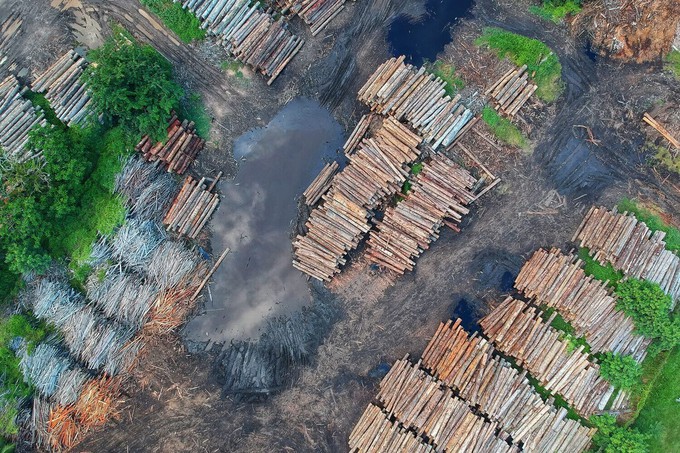
This is mainly caused by the chemicals used in cotton production, deforestation to make wood-based fibres or to create pastures for sheep and goats (and obtain wool), and their overgrazing.
- The loss of forests and rainforests is dangerous for their wildlife and indigenous communities
- Both soil degradation and deforestation contribute to climate change as well as food security
Waste caused by the fast fashion industry
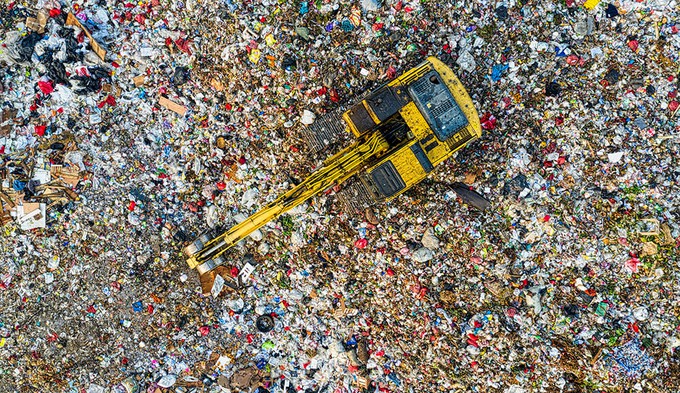
Some ultra fast fashion brands keep uploading thousands of new garments every week—without worrying about what happens after they’re discarded.
This waste is mainly caused by:
- Overproduction (around 100 billion new garments are made every year)
- Overconsumption: consumers are encouraged to view their clothes as disposable, buy new ones to keep up with fast fashion’s 52 micro-seasons a year, and discard their old ones. No wonder we now wear our clothes only 7 times!
- Planned obsolescence: fast fashion clothes are literally designed to fall apart
But what happens to the equivalent of one truck of clothes that’s discarded every second?
- Landfills: clothes can stick around for hundreds of years. As they decompose, they emit CO2 and methane—contributing to climate change even after getting disposed of. Their toxic chemicals and dyes also pollute the ground
- Incineration: as well as causing health dangers to nearby communities, this releases more gases
- Clothes dumps: garments are getting dumped everywhere, like the Atacama Desert. And there are now floating islands of rubbish in the ocean
So, why is fast fashion bad for climate change?
Fast fashion is so bad for climate change because many aspects of its environmental impact (like carbon emissions, desertification, and deforestation) have a direct consequence on it.
What can you do against fast fashion’s environmental impact?
At Project Cece, we understand that this isn’t something that can be changed overnight. However, we do believe that every small step can help make a BIG difference!
So, we recommend:
- Following our guide to ditch fast fashion
- Voting with your money
- Choosing fewer, higher-quality clothes that were made sustainably—and to last
Trust us: embracing ethical fashion doesn’t have to be hard!
On Project Cece, we’ve brought hundreds of fairtrade brands in one place. We’ve also added filters (like materials and certifications) to help you find the right clothes for your stye and ethos.
Found this helpful? Share this blog post to help your friends open their eyes to fast fashion’s environmental impact—and start receiving our tips and inspiration to make even more sustainable fashion choices.
And as tempting as a £3 garment might be, don’t forget about its environmental cost: it’s high!
Share our story
Related articles
Child Labour in the Fashion Industry: Is It Still a Thing?
Cheap fast fashion clothes—yes, even the ones in your wardrobe—often hide a high cost. Here’s the harsh reality of child labour in fashion (& what you can do).
Beginner’s Guide to Sustainable Fashion: Here’s Wear to Start
What’s the problem with fast fashion? What are ethical clothes? And where do I even START? Our beginner’s guide to sustainable fashion covers all that for you.
Problems with Fast Fashion: Cheap Clothes, High Hidden Costs
From child labour to toxic dyes, there’s a high hidden cost behind cheap labels. Check out the problems with fast fashion and discover a sustainable solution.
Project Cece is a platform that collects ethical fashion from vetted brands and shops in one place. Browse ethical fashion for women and men and find items that fit your style, budget and values!
